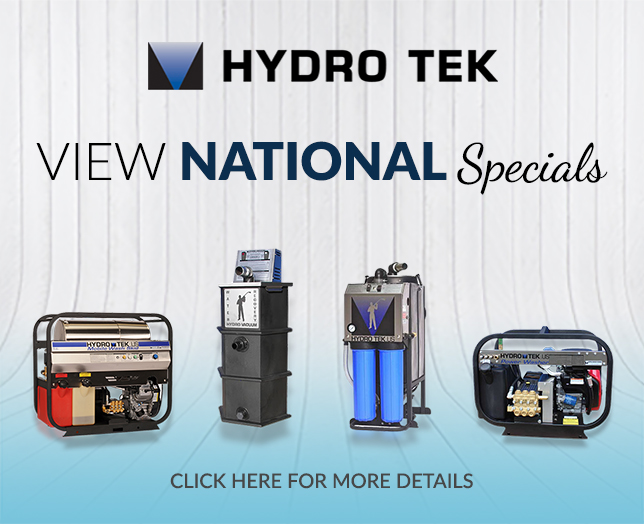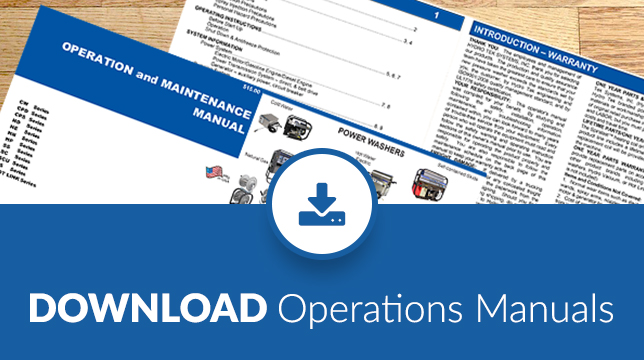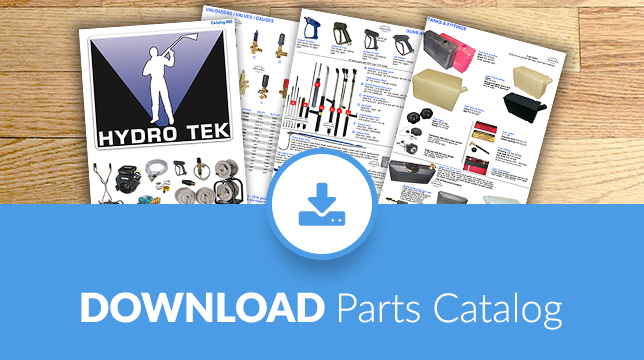A direct drive pressure washer is typically more compact and the initial price is less so why would I select a belt drive washer?
Here are the 5 advantages of a belt drive pressure washer:
- Pump spins slower-wear is cut in half when configured as a belt drive instead of direct drive
- Pump runs cooler-the pump is mounted away from the hot engine case so pump oil will remain much cooler
- Less vibration -the pump is not connected directly to the engine therefore is not subject to all the engine vibrations
- Serviceability -the hollow shaft on a direct drive pump may seize to the engine shaft which can double service cost, this is not an issue with belt drive pumps
- Better suction ability-a slower and longer pump plunger stroke pulls water from a tank much better
A belt drive pressure washer offers a lower overall cost of ownership that the direct drive. When the pump runs slower, cooler, and under less vibration; it will result in extended life of the pressure washer. Belt drive pumps run at half the speed when connected to a gas engine through pulleys which mean the pump bearings and crank and plunger travel half the distance for every hour the washer is run. The belt drive pumps also hold more oil and it is kept cooler which leads to much longer bearing and crankcase life. The value equation is that the initial purchase price does not go up that much compared to the advantage of a pump that lasts twice as long.
It is also important to choose a belt drive pressure washer if your pressure washer will be fed from a water tank instead of a pressurized garden hose. Many of the direct drive washers will need to be “primed” to get the pump to spray water and will lose prime easily unless the water tank is mounted above the pump, and has fittings that are larger than the standard ¾” garden hose adapter that it comes with. In our experience we have found that many times a direct drive pressure washer that meets test specification when pressure fed, will not hit the same performance when fed from a tank.
A direct drive pump powered by an electric motor does not have as much of a negative impact from heat and vibration as one powered by a gasoline engine. Some direct drive electric powered units have motors that spin at a lower speed (1725 rpm) and can be a good choice when used less than 20 hours per week.















